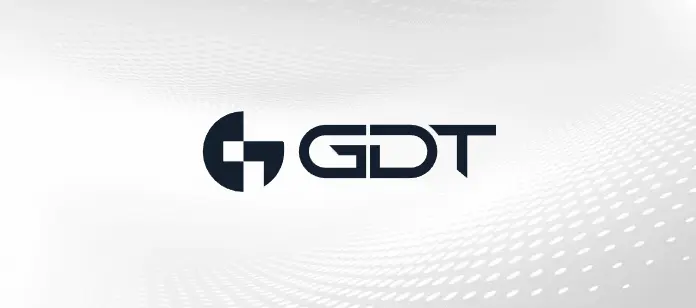By Richard Arneson
Every organization has, has plans to, or wants to move to The Cloud. And by 2020, most will be there. According to a recent survey, within two (2) years 83% of enterprise workloads will be in The Cloud―41% on public Clouds, like AWS and Microsoft Azure, 20% will be private-Cloud based, and 22% as part of a hybrid architecture. With the amount of traffic currently accessing The Cloud, and considering the aforementioned survey figures, security will continue to be at the forefront of IT departments’ collective minds―as well it should.
With organizations selectively determining what will run in The Cloud, security can prove challenging. Now throw in DevOps’ ability to build and test Cloud apps easier and faster, and you’ve amped those Cloud security concerns significantly.
Security Solutions geared for The Cloud
To address the spate of Cloud-related security concerns, Cisco built an extensive portfolio of solutions, listed below, to secure customers’ Cloud environments, whether public, private, or a combination of both (hybrid).
Cisco Cloudlock
The Cloudlock DLP (Data Loss Prevention) technology doesn’t rest; it continuously monitors Cloud environments to detect sensitive information, then protect it. Cloudlock controls Cloud apps that connect to customers’ networks, enforces data security, provides risk profiles and enforces security policies.
Cisco Email Security
Cisco Email Security protects Cloud-hosted email, protecting organizations from threats and phishing attacks in the GSuite and in Office 365.
Cisco Stealthwatch Cloud
Stealthwatch Cloud detects abnormal behavior and threats, then quickly quells it before it evolves into a disastrous breach.
Cisco Umbrella
Cisco Umbrella provides user protection regardless of the type, or location, of Internet access. It utilizes deep threat intelligence to provide a safety net—OK, an umbrella—for users by preventing them access to malicious, online destinations, and thwarts any suspect callback activities.
Cisco SaaS Cloud Security
If users are off-network, anti-virus software is often the only protection available. Cisco’s AMP (Advanced Malware Protection) for Endpoints prevents threats at their point of entry, and continuously tracks each and every file that accesses those endpoints. AMP can uncover the most advanced of threats, including ransomware and file-less malware.
Cisco Hybrid Cloud Workload Protection
Cisco Tetration, which is their proprietary analytics system, provides workload protection for MultiCloud environments and data centers. It uses zero-trust segmentation, which enables users to quickly identify security threats and reduce their attack surface (all endpoints where threats can gain entry). It supports on-prem and public Cloud workloads, and is infrastructure-agnostic.
Cisco’s Next-Gen Cloud Firewalls
Cisco’s VPN capabilities and virtual Next-Gen Firewalls provide flexible deployment options, so protection can be administered exactly where and when it’s needed, whether on-prem or in the Cloud.
For more information…
With the help of its state-of-the-art Security Operations Center (SOC), GDT’s team of security professionals and analysts have been securing the networks of some of the most noteworthy enterprises and service providers in the world. They’re highly experienced at implementing, managing and monitoring Cisco security solutions. You can reach them at SOC@gdt.com. They’d love to hear from you.



